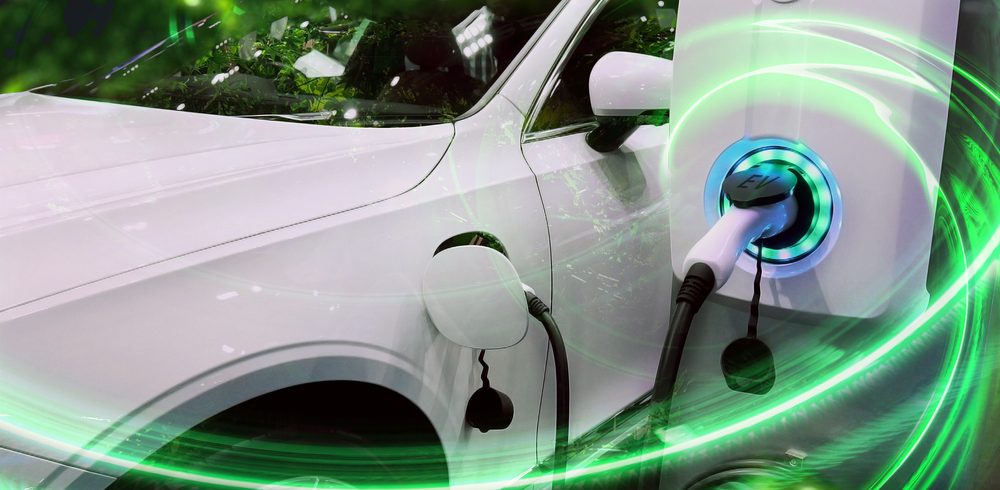Volkswagen will build between two and three million pure-electric cars by 2025, which is around one in every four cars leaving its factories, according to Volkswagen Group boss Matthias Müller.
Speaking at the launch of VWâs âStrategy 2025â in Wolfsburg this morning, Müller also revealed that the wider VW Group would make a big reduction in the number of model variants it produces – currently around 340 – as well as slashing the number of individual modular architectures from 12 to just four.
As Autocar predicted at the start of the year, this platform cull could cause future large Audis based on Porscheâs MSB platform and Audiâs unusual, longitudinally engined, MLB architecture to be dropped altogether. VWâs stand-alone NSF platform – which underpins the Up – could also be killed off.
In future, there will be just four platforms: small, medium, premium and sports car.
Müller said the VW Group will launch its first “fully autonomous” vehicle, which will be developed in-house, in 2021.
As part of the big bet on electric vehicles, which could mean as many as 30 individual models being made, VW said it is now studying how making batteries might become a âcompetencyâ at the group. Müller suggested that, if VWâs electrification plans come to fruition, it would need around 150 gigawatt hours of battery capacity each year.
VW said it will also definitely build a budget car “with local partners’, although Müller hinted the new model would be aimed specifically at Asia. VW will also combine its huge components division – which employs 60,000 people â into a single entity that will be run independently and be able to sell products to third parties.
VW commercial vehicle brands – including Scania and MAN – will become part of an integrated bus and truck division, which will seek “greater efficiencies”, Müller said. Many analysts have speculated that VW could dispose of the truck brand should the final bill from the Dieselgate scandal prove to be significantly higher than the current provision of â¬20 billion or so.
Müller said VW also wanted to be at the cutting edge of what it believed would be the major shifts in the automotive industry over the next decade. Although the mainstream global car business will experience big growth in SUVs, crossovers and budget cars, the future lies in more electrification, autonomous ability and connectivity to the ‘cloud’.
Under the heading of âMobility Solutionsâ , VW said its top priority will be ride hailing through its partnership with Gett, which claims to have 50 million customers already. It wants to see “multi-billion’ sales revenue from this by 2025.
VWâs presentation revealed that it is betting on a number of new ideas for use in the global mega-cities of future. As well as ârobo taxisâ, it has identified the new niches of âpersonal rapid transportâ, ‘group rapid transportâ and âfreight rapid transportâ.
As far as cost-cutting is concerned, VW would say only that it wants to gently reduce research and development expenditure to around 6% of turnover. It also wants to push down sales, general and administrative expenses to less than 12% of turnover.
There was no talk of redundancies from Müller, despite many analysts arguing that the VW Group has a notably large workforce. Indeed, at the Strategy 2025 presentation, VW showed that its workforce had grown by 85% since 2007.
However, the power of the VW Works Council and part ownership by the German state of Lower Saxony mean jobs losses at VW are regarded as almost unthinkable.
The significant investment in electrification will ensure that improvements in the VW Groupâs “key financial targets” are modest. The groupâs operating return on sales should rise from 6% in 2015 to a targeted 7-8% by 2025. Return on capital in the automotive division is estimated to edge up from 13.8% last year to around 15% in 2025.















